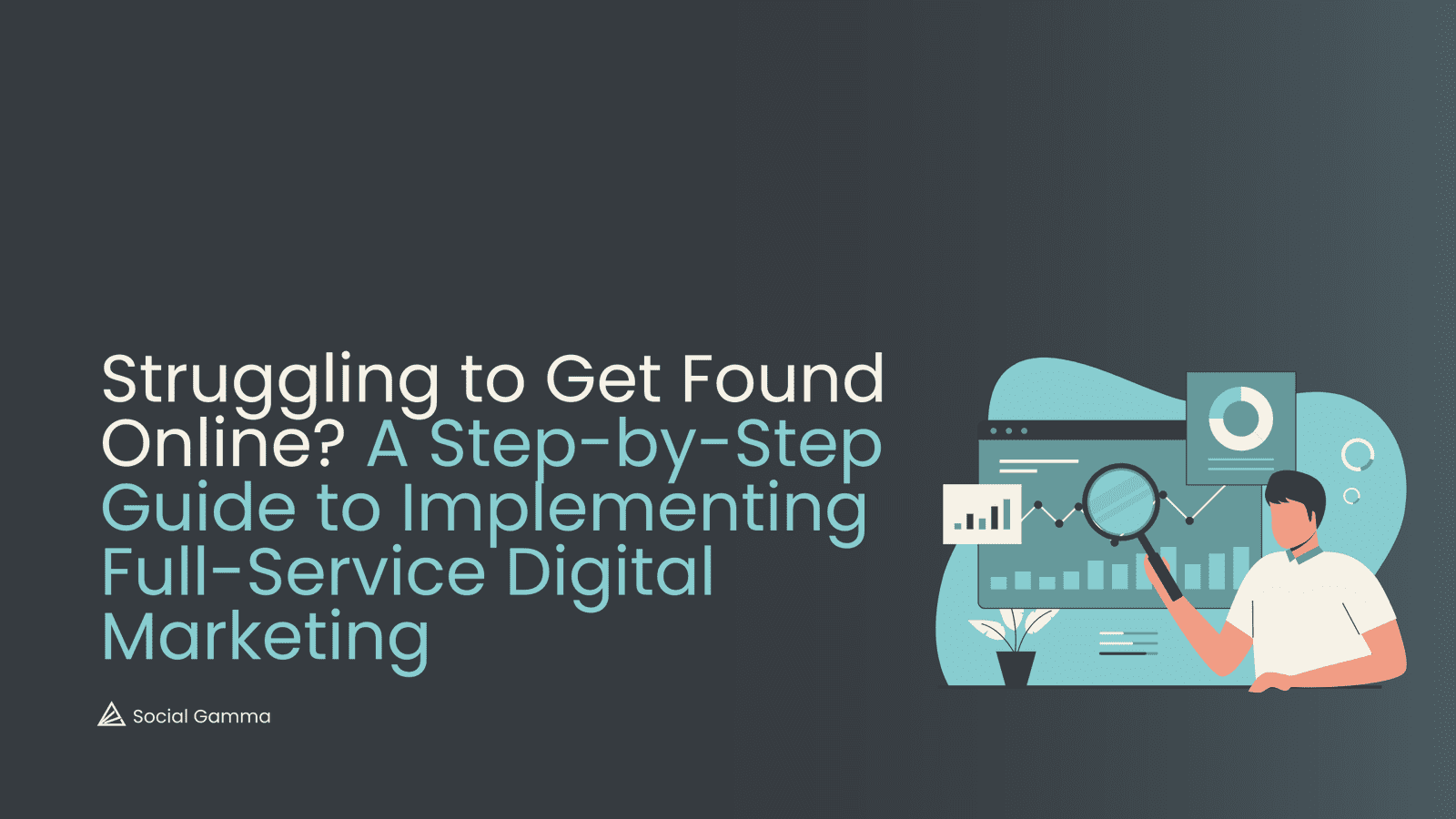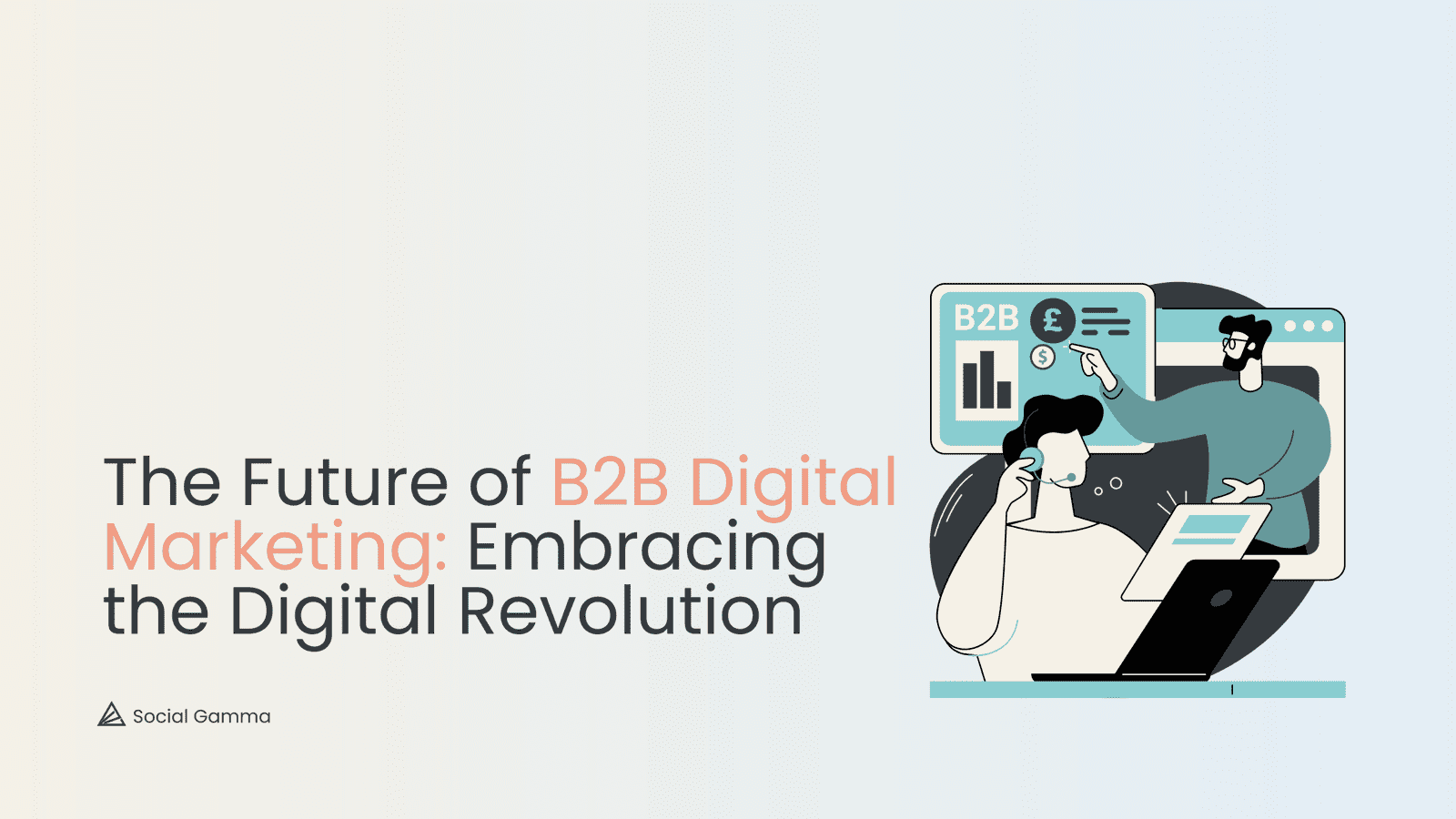Looking to improve your marketing efforts? The first step is to know your audience. Who are you selling to? What are they looking for? Often, we hear of problem-solution fit, but equally important is the product-market fit. You are not simply looking to solve a problem but to take it to scale and get customers. Below are 10 tips to help you understand what it means to know your audience.
1. Create Customer Personas
Whether or not you are outsourcing digital marketing to an agency or doing it yourself, you, as the biggest fan of your product or service, already have valid assumptions about your customer. Thus, it is important to collaborate with your team and create customer personas that highlight these assumptions. These personas detail various aspects of your target customer. This usually covers age, gender, location, ethnicity, spending habits, political views, values, hobbies and interests, profession, education, household composition, household income, and more.
2. Conduct brand awareness campaigns to understand who you are drawing in
Upper funnel campaigns including traffic and brand awareness campaigns can help decipher your audience demographics, behaviour, interests, habits, and history. Depending on which digital channels you use for these awareness campaigns, you can gather a range of data describing the specifics about those who are reacting to your advertisements.
The diagram below is a commonly used funnel to describe the various steps of a marketing plan depending on the goals you are looking to achieve. Starting with a broader brand awareness campaign can validate your assumptions and help to gain a better understanding of your general audience. This allows you to narrow down and hone in on market segments that are most responsive and focus on selling to them. This way, you save time and money by avoiding irrelevant and non-responsive audiences.
3. Do not think that “niche” is the same as a defined audience
Niche is a term loosely used to describe the industry you are in. It does not provide enough clarity to explain who you are selling to. If you are trying to create a community, it cannot be inclusive of everyone in your industry. It has to be tailored to a specific market segment. Even if your product or service is something that can be sold to the masses, you would still want to start with either a single segment or a few segments. The advantage of having a mass-selling product or service is that you can split test (which we will touch on later in this article) and understand your audience further.
4. Understanding data effectively and using it in your favour
Look at the data you already have, whether it is the number of sales, most purchased products or services, or cost-per-acquisition (CPA) figures. This is the WHAT, but we also need to know the WHO. Once you have a sufficient amount of data, you are able to draw conclusions and make forecasts on your marketing campaigns. You are also able to create customer personas more accurately.
5. Split testing
This is also known as A/B testing and is a tool used to compare audiences’ reactions to your advertisements. This helps draw conclusions on the responsiveness to your brand and/or your specific product or service. You can see which campaign delivered better results. You can further analyse the data to then draw conclusions, which may lead to tweaks in the marketing approach down the line.
6. Use personalised messaging and a customer-centric marketing approach
This will help to gauge the reaction within campaigns and help with further discovering your audience’s preferred tone of voice. As you keep improving the copy and iterating the messaging regularly, you will eventually discover the most favourable dialogue to use for your target audience. This is invaluable as finding this “sweet spot” can lead to further market opportunities within your chosen segment.
7. Know your competitors
Sometimes knowing who your competitors are is a great way to benchmark where you sit within the industry. Once you know exactly who your direct competitors are, it is easier to determine market size using data tools and further fine-tune the details of your campaigns. The subtle preferences of audiences can be discovered by analysing audience reactions to your competitors’ campaigns.
8. Personally interact with your target audience
Often, you can understand your audience by using your soft skills versus direction questions. Engage in conversations with them and ask open-ended questions to further familiarise yourself with their ideologies and values. This will help determine aesthetics, tone of voice, and overall branding for your products and services. Listen to them and absorb as much as you can.
9. Monitor engagement on social media platforms
Review comments and messages regularly on your social platforms to understand the sentiment of your audience. These are real people who are reacting to your brand. It does not get more direct than this. Whether it is positive or negative, these reactions are extremely useful in validating assumptions about who likes or dislikes your brand. This will help as you iterate your digital content and continuously improve and tailor it to your most positively responsive audiences.
10. Create surveys to quickly discover audience preferences
If you are looking to introduce something new to your audience or explore an unknown assumption, surveys are a great and quick tool to assess reactions, preferences, and opinions. There are various tools at your disposal using the digital channels to conduct these surveys. You will be able to benefit from these exercises as you are designing the survey and can tailor all the questions. Please ensure that you ask relevant questions and ones that actually help with the assumptions you are looking to validate.

